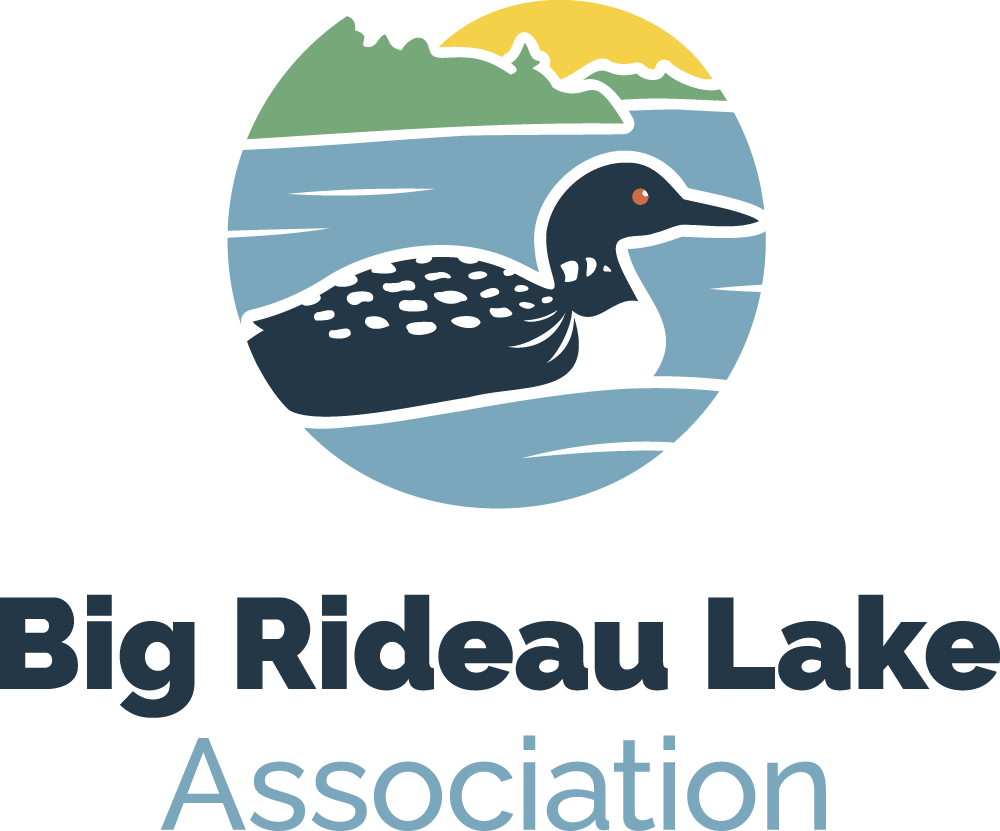BRLA Got It Exactly Right with OMB Appeal
In response to a recent Letter to the Editor of the Westport Review Mirror, BRLA representative Peter Hannah submitted the following letter:
I read Richard William Earle's letter to the editor with interest. He concludes that "....we were pleased with the final decision.....". That is good because BRLA is very pleased as well.
Readers should not be mislead by some of Mr. Earle's statements. For example, he states "This approval took months of back and forth with the Township planners and the Rideau Valley Conservation Authority (RVCA) to be able to submit the final application that was approved with conditions by the Committee of Adjustment (COA)". He fails to mention that the Rideau Waterway Development Review Team, (which includes Parks Canada, RVCA and CRCA) wrote to the Township COA and recommended that the application NOT be approved.
Rather than examining Mr. Earle's letter paragraph by paragraph, it is better to focus on the facts and on ways that the Township's future planning decisions can benefit from the guidance provided by this OMB decision. There are at least five key differences between the initial decision of the Township COA and the decision the OMB reached after careful review of the evidence.
1. Mr. Earle wanted to reduce the normal 30m setback from water to only 8m. RVCA inspected the property and concluded that poor site conditions actually warranted a water setback of at least 40m. Nevertheless, the Township COA granted the applicant's request to reduce the water setback to 8m. The OMB increased the setback to 15m, subject to more stringent conditions, and pointed out that the Township's Official Plan (OP) never allows a reduction below this 15m minimum standard.
2. The Township COA decision required a tertiary sewage treatment system but not all tertiary systems remove phosphorus, the key nutrient that affects lakes. The OMB decision included a condition requiring phosphorus treatment.
3. The COA decision did not require a landscape plan; the OMB required "a landscape plan illustrating the revegetation of the naturalization buffer that shall be created within the first 15m of the shoreline, and the landscape plan shall be incorporated into the Site Plan approval."
4. In spite of the significant physical constraints present on this lot, the COA did not require a grading and drainage plan. It did not even require a survey to accurately demonstrate how the proposal could fit on the property. The OMB has addressed this shortcoming by now requiring that a grading and drainage plan be prepared by a Professional Engineer and be incorporated into the Site Plan approval.
5. The COA did not require the Site Plan to be registered on title. Even the Township's lawyer admitted at the OMB hearing that this practice should be followed. The OMB rectified this problem by requiring the Site Plan Agreement, Site Plan, Landscaping Plan and Site Grading and Drainage Plan to be registered on title. (It is interesting to note that of the three municipalities which abut Big Rideau Lake, the Township of Rideau Lakes is the only municipality which does not make registration on title a routine practice. The other Townships recognize that this is the only way a future purchaser will be made aware of the Site Plan's requirements.)
The Township's COA could have asked more questions, required more information to help guide its decision and could have incorporated these conditions in its initial decision. Had the Township COA been more vigilant in applying the planning principles as required by its Official Plan, with a view to achieving the protection of the Township's most valuable asset, its waterbodies, an appeal to the OMB would not have been necessary.
The OMB made some important observations which should assist the Township in its future decisions. "The Board concludes that the current debate is bound to be repeated. The Board would be remiss in not warning that the Township's initial interpretation of the OP's relevant provisions was unreliable." (pg 7)
The OMB's 21 page decision (available on the BRLA website) provides a thorough analysis of the Township Official Plan's applicable policies. These policies are the result of many years of studies, experience and revision. Until about 25 years ago, 15m minimum water setbacks were the norm. Municipal leaders recognized the need for greater care in developing waterfront areas if these important water resources were to be protected for the long term. A minimum water setback of 30m was established along with other important provisions such as the 10% maximum lot coverage for waterfront lots.
It is important to remember that the 30m standard is a minimum requirement. Where slope, soil type, soil depth and vegetation are less than ideal, the setback should be increased. The OP recognizes that the 30m standard can be difficult to meet on some existing undersized lots. It provides for the possibility of reductions but requires an environmental impact study to carefully evaluate the site and propose mitigation measures. The OMB's decision has provided an important reminder to the Township that this is an essential part of the Township's "due diligence" responsibilities. The OMB states "The solution, however, is not to sidestep the OP with contrived shortcuts". (pg 14)
The OMB also reminded us that the Rideau Canal's inscription on the list of World Heritage Sites is an important consideration when evaluating development in shoreline areas.
The BRLA appeal was instrumental in achieving these much needed improvements to the final decision. BRLA did not get it wrong with this OMB appeal. It got it exactly right.

